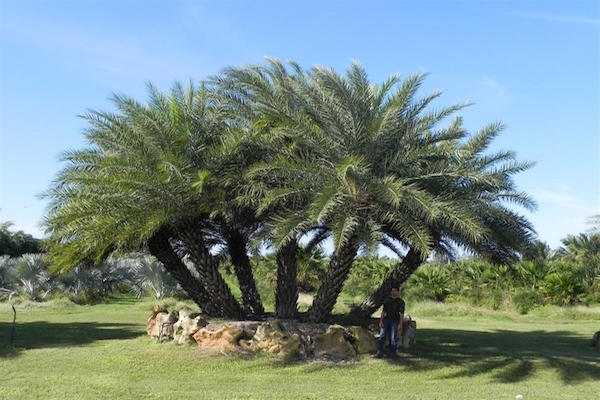Anti-Oxiflammatory Profile of Date Extracts (Phoenix sylvestris)
DOI:
https://doi.org/10.15419/bmrat.v2i06.53Abstract
Fruit of date palm (Phoenix sylvestrisL.) is edible and used as an anti-geriatric, anti-oxidant ethnomedicine. In this study, three different types ofdateextracts, methanolic, acidic ethanolic and basic ethanolicwere evaluated for their putative in vitro scavenging effects on reactive oxygen species (ROS), where scavenging of hydroxyl radicals (basic ethanolic>acidic ethanolic>methanolic), superoxide radicals (acidic ethanolic>basic ethanolic>methanolic), DPPH radicals (acidic ethanolic>methanolic>basic ethanolic), nitric oxide (NO) (methanolic>acidic ethanolic>basic ethanolic) and inhibition of lipid peroxidation (basic ethanolic>acidic ethanolic> methanolic) were found to occur in a dose dependent manner. Their flavonoid and phenolic contents proved to be the source of this potent free radical scavenging activity and indicated a direct correlation with their total anti-oxidant capacity. On human embryonic kidney cell line (HEK) and murine RAW macrophages, bacterial lipopolysaccharide (LPS) induced inflammation, the date extracts applied therapeutically, inhibit intracellular oxidative stress significantly. This reinstatement of cellular homeostasis presumably occurs via mitochondrial pathways.

Downloads
Published
Issue
Section
License
Copyright The Author(s) 2017. This article is published with open access by BioMedPress. This article is distributed under the terms of the Creative Commons Attribution License (CC-BY 4.0) which permits any use, distribution, and reproduction in any medium, provided the original author(s) and the source are credited.
